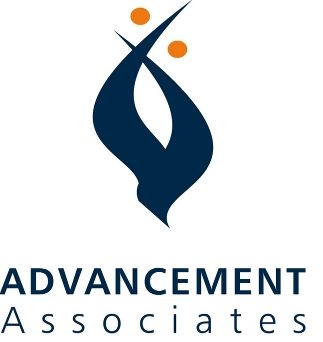“Every employee is in fundraising by providing good customer service to residents, families and visitors.” So said one perceptive retirement community CEO when asked for his perspectives about development. Indeed, a competent, caring and committed staff is one direct indicator that an organization is successfully achieving its mission and is worthy of constituent support.
Here’s another useful way for a fundraising officer to think of fellow employees: as “key stakeholders.”
“Stakeholders” are groups of people whose lives are affected by the fact that your organization exists. Some stakeholders are external: community leaders, vendors and suppliers, churches. Others are internal: residents and students, board members, volunteers. An effective fundraiser identifies the organization’s key stakeholders and then actively invites their advocacy, including charitable gifts.
 Though too often overlooked by development persons, staff members are among the key stakeholders of nonprofit, church-related organizations and can play special role in advancement efforts—but don’t assume their automatic understanding and support. As dedicated employees, some may feel that going the extra mile in their work assignments is an adequate gift. Others point to the lower-than-average pay they receive as their contribution.
Though too often overlooked by development persons, staff members are among the key stakeholders of nonprofit, church-related organizations and can play special role in advancement efforts—but don’t assume their automatic understanding and support. As dedicated employees, some may feel that going the extra mile in their work assignments is an adequate gift. Others point to the lower-than-average pay they receive as their contribution.
While recognizing these as significant gifts indeed, the development officer should also seek to educate and cultivate positive relationships with staff colleagues, and then solicit their involvement in other specific development-related activities.
1. Share good news about your organization as it occurs. Does a recent survey reveal parent satisfaction with the quality of education provided by your school? Has a large grant been awarded from a well-known foundation? Be sure to let staff members know of these endorsements.
2. Look for opportunities to introduce your advancement plan and to explain important fundraising concepts and best practices. Let staff know how they can support your efforts, such as referring the names of prospective donors and thanking volunteers.
3. Invite staff members to help you prepare the annual “case for support.” Thinking deliberately about why the organization deserves the support of other stakeholders will help staff reflect on the appropriateness of their own advocacy.
4. Introduce staff members to other key stakeholders. When prospective donors visit your retirement community, invite staff colleagues—your organization’s most valued asset— to share their enthusiasm for their work and commitment to serving residents.
5. Ask each staff member to make annual financial gifts. Make it easy and enjoyable for them to do so through payroll deductions, special fundraising events, and challenge grants. Becoming donors themselves will convince staff that your organization is worthy of support—their own and that of many others.
When reviewing grant proposals, many foundations request information about employee involvement in fundraising activities. Some donors do the same in considering requests for large gifts. This is appropriate because employee support is an important indicator of a healthy organization with a compelling mission. What message are your co-workers sending?
